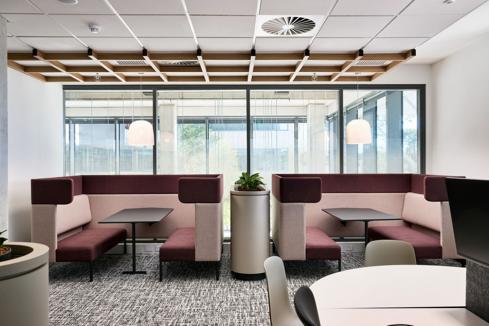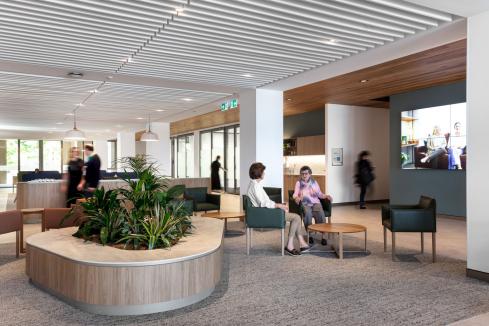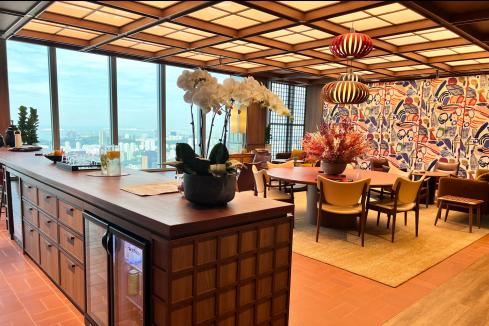

Work is no longer a place we go—it’s something we do, wherever we can do it best.
It’s been this way for a while, although the last eight months has spurred a surge in the use and implementation of technology into the workplace. Whether it be enterprise networks, mobile devices or cloud computing, these changes are here to stay.
Flexible, or agile working became a focus this year due to the rise in employees working from home, even though agile working has been part of the work landscape since technology has allowed it to be.
Technology has become a key driving force toward the transformation of our working lives. On the role of tech for the future according to a recent research paper:
“The technologies and policies we’ve adopted to enable the flexible digital workplace of 2020 will continue to evolve exponentially. The industry will see as much change in the next five years as it saw in the decade from 2010 to now”.
Source ~ SD-WAN and the Future of Work 2020: A guide to the role technology will play moving forward
How do you know if your workplace supports your current business needs?
Consider the café where you get your morning coffee. How many of the seated patrons are in breakfast meetings? Or finishing off a last-minute presentation? Or taking a minute to catch-up on emails over a coffee?
Or you could quickly survey your office at present – how many workstations are being used? Is there a lone employee using the 20-person boardroom for focused work? Are all the meeting rooms perpetually booked?
Anecdotally, we accept that employees are spending less work hours in the office. This year we’ve seen clients grapple with the widening gap between flexible technologies which allow their employees to work anywhere and the rigidity of their existing workplaces.
We see this growing tension as an exciting opportunity for businesses to readjust their workspaces so they support their evolving workplace strategy more efficiently.

Measuring workplace efficiency
Gathering measurable data around the occupancy of existing workstations and support spaces is a vital precursor to every workplace fit-out.
Rather than relying on anecdotal observations, we offer clients an option for a full utilisation study during the briefing stages. Utilisation studies inform businesses, definitively, of the effectiveness of the use of different work settings within their workplace. They also highlight discrepancies between the need for individual and collaborative spaces.
A utilisation study might be ‘high-tech’ or ‘low-tech’. They range from 100% client-led to 100% designer-led, depending on budget and other factors such as privacy or staff availability.
What do the findings reveal?
Recently, we performed an occupancy study on a medium sized workplace with typical space planning for the Perth market—straight workstations at a 1:1 ratio; a respectable combination of small and large meeting rooms; generous staff room; large training rooms.
What the study revealed shocked the business’s leadership team:
- On average, workstations were being used less than 50% of the time, only just passing 50% occupancy during mid-morning and mid-afternoon
- Their 5 meeting rooms had an average use rate of 23%, with the most used meeting room only just passing 30%
- These same meeting rooms were continually booked, so finding room for quick, spontaneous meetings was almost impossible for staff
By no means does this data suggest that their employees have been caught skiving off work! It’s merely proof that their physical workplace is not adequately supporting its people and the evolving ways they work.
Where everyone wins: transforming the space for profit and enablement
Maximising the efficiency of a workspace has clear financial benefits. Consider the above example—the 50% of work points not being used during the day take up around 270m2 of lettable area alone. In August 2020, the Perth CBD net face rents were sitting at circa $710 per square metre for premium spaces, so these work points were costing the company just under $200,000 in unused space per annum.
~ Tenant CS, 2020: Australian Commercial Leasing Market Snapshot 2020
We must remember though, a physical workspace is far more to a company than an overhead cost. Opportunities for collaboration and connection in the workplace can sometimes mean the difference between an organisation’s financial and human health, or its eventual decline.
When a workplace can successfully adapt and support its people, the ensuing improvements in performance, innovation, growth, staff retention and the general wellbeing of everyone are invaluable.

Culture, vision and the need for tailored adaptations
A workplace utilisation study is not intended to justify one-size-fits-all hot-desking and radical space reduction for Perth offices.
It’s a valuable measurement tool that allows forward-thinking business leaders access to quantifiable data to understand what is needed, and at the same time to identify what’s missing in their current workplace.
It’s important that any space reduction must be considered relative to the long-term impact on workplace culture.
Many organisations are now rationalising their commercial spaces to ensure that the integration of tech both enables and nurtures human connection and culture, while taking advantage of opportunities for streamlining.
For advice on tailoring your workspace for better agility and technological integration:
Call Kathy Kusinski at our Perth office on 9321 7955 or email kkusinski@mkdc.com.au









